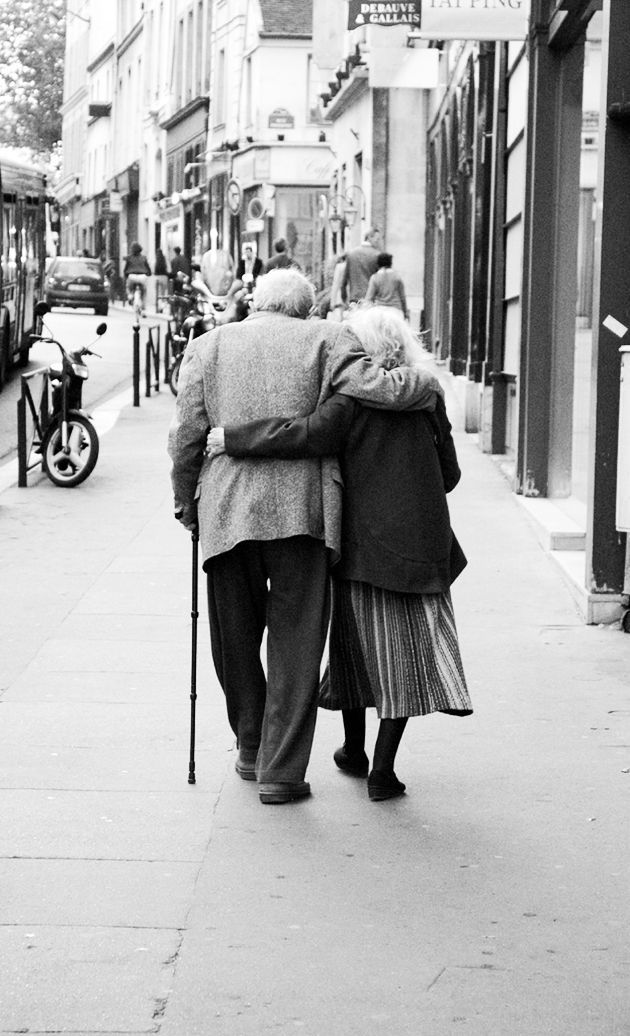This week the challenge fell under the umbrella of telling a story using Leading Lines; the challenge specifically stated that one could not use railroad tracks, either. Leading lines in photography is defined as a technique of composition where the viewer of your photos attention is drawn to lines that lead to the main subject of the image.
Here is an example I found on Google that I found to be beautiful. Here the leading line is a road leading to a full moon:) This image is just amazing and it very much energized me to get out there and start catching my own images!

Everything that has the chance to come of being in this universe dies to be reborn as something else entirely or just another of the thing it once was.
My chosen photo for the challenge below is a field of dying sunflowers, taken with a Nikon D3200. The photo was edited using a computer based photo edit program. If you follow the line of dead sunflowers, you are taken to the same blue skies that the flowers depended on in their living months.
Every morning as the sun rose, the sunflowers rose, too, their heavy heads to the sky, soaking in the sun’s rays or the cloud’s rains and at night they would bow to the moon–one bow everlasting.
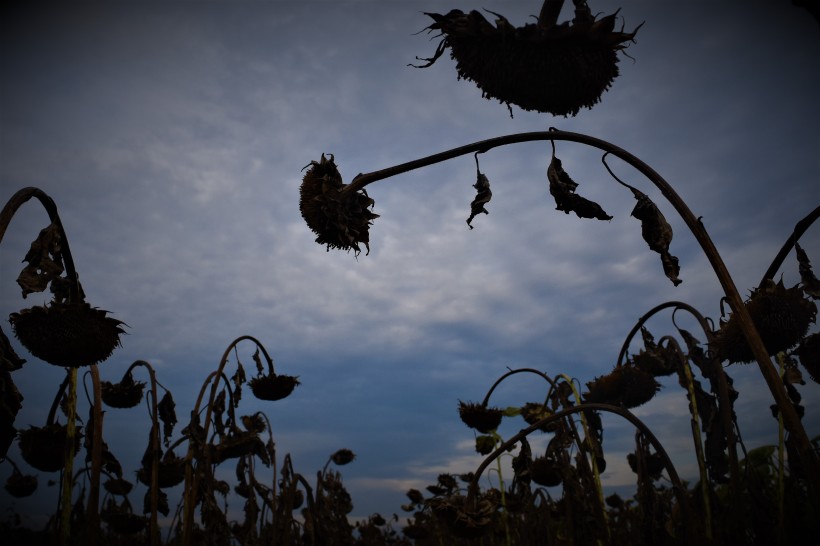
For reference, here are a few shots of these same sunflowers taken in the early summer months.
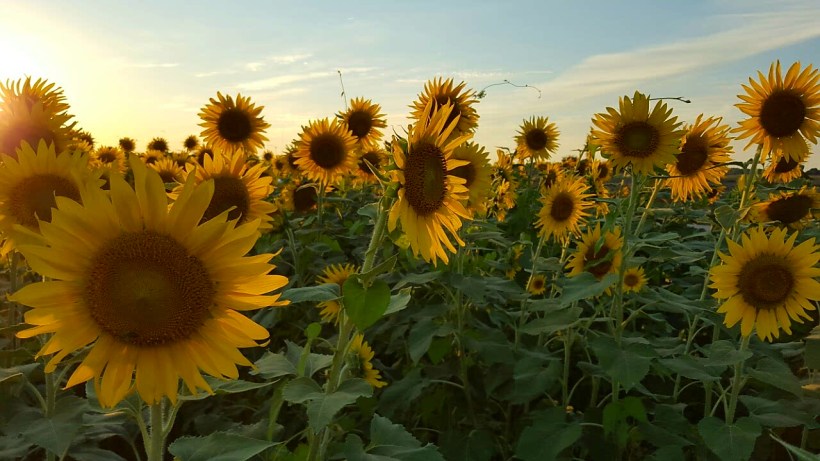
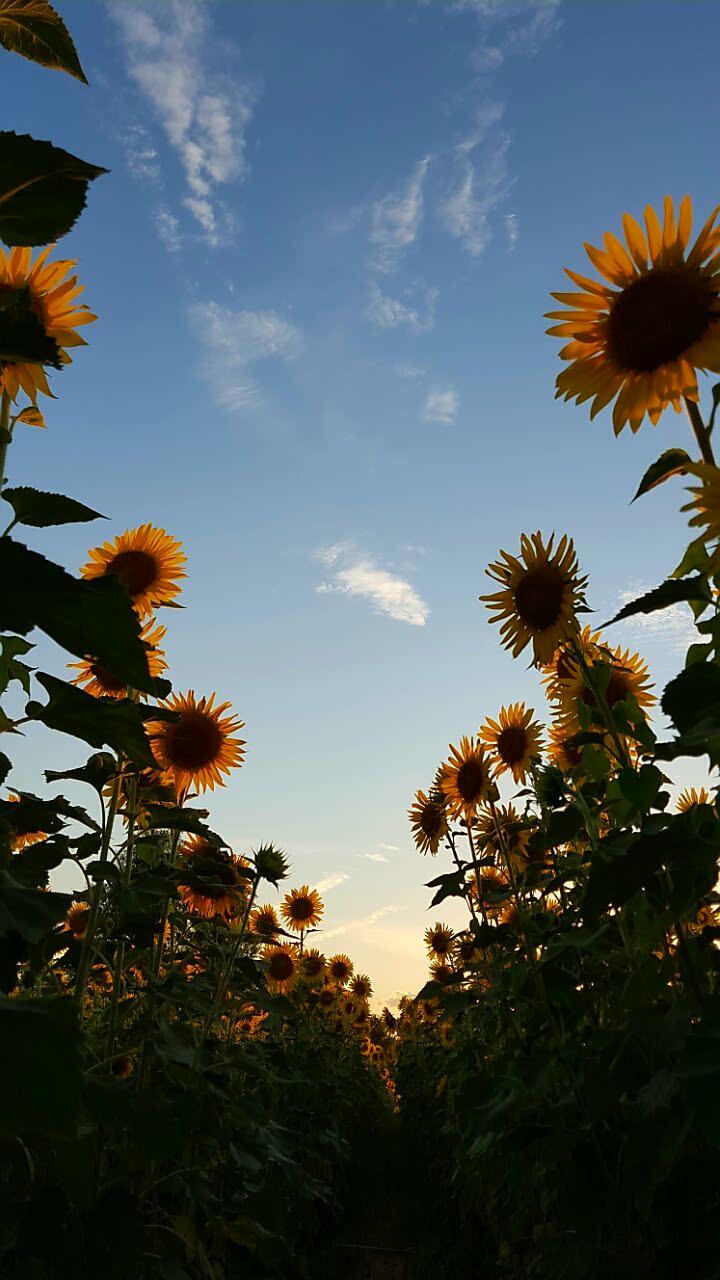
All of these photos were taken at a large sunflower patch in my home city of Memphis, TN. You can easily get lost in this large stretch of flowers when they are in full bloom. Every year, Memphians watch as these sunflowers bloom along side a major road in the city. It is a desired attraction for many to come and take pictures–even family portraits, and also, simply to soak in the beauty of all those beaming faces. When in the midst of those giant flowers bursting in yellows and greens, towering (roughly 5-12 feet), it is VERY difficult not to feel the joy life can yield. The patch of sunflowers is not just a siren call for those weary from desk-jobs and too many rounds of Netflix either, but also a hub for lots of buzzing and busy incests, and later, large flocks of birds eager to feast on the flavorful sunflower seeds the plants produce once they reach maturity, roughly 80-120 days after planting.
(Google Image)

After a long season, the flowers begin to wilt. It is at this time that the bloom hangs its head down for the final time, and any seeds that have not been harvested by wildlife or hungry humans will fall to the ground. The seeds that fall will ultimately regrow into more sunflowers! At the time of my photos, the sunflowers had already reached this final life stage several days before I arrived. There were many black birds at the scene, though, canvassing the area for any seeds forgotten. And thus the cycle: Sun gives the flower energy, the seed of the flower gives the bird energy, and, etc.
Standing in the midst of these now stiff necked blooms, bent down–no longer seeking the sun, with tangled leaves twisted like sand papered origamis, it is hard not to feel the weight of death, though.
But, just as these sunflowers–in life–rose their large yellow faces to a rising sun, and bent under the night skies, following the cycles of seasons, so too will the dead sunflowers eventually give way to a new patch of rising faces in a similar cycle–the cycle of life.
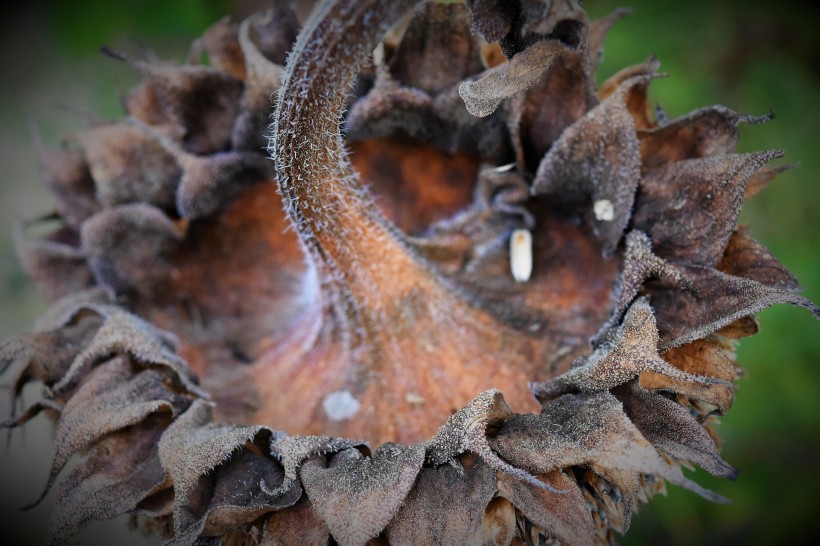
“Life gives way to new life.”
In the end, no matter the wording, or your worldview or beliefs, our time under Earth’s sun is temporary and even how much of that time we get is largely a mystery, making the moments we are afforded extremely precious.
I’ll end this blog with the words of a palliative care nurse, Bronnie Ware, who took the time to record the top regrets of her patients, as they lay dying, over the course of several years. After she retired, she took the information she had gathered and created the influential book, “The Top Five Regrets of the Dying (outlined below).”
1. I wish I’d had the courage to live a life true to myself, not the life others expected of me.
2. I wish I hadn’t worked so hard.
3. I wish I’d had the courage to express my feelings.
4. I wish I had stayed in touch with my friends.
5. I wish that I had let myself be happier.
When your face bends for its final slumber, what regrets do you hope to avoid? What can you do to make the time you have here more worthwhile? How much more can you give back? Please feel free to share below in comments or with a private message.
Another of the sunflowers in their final hour:
(Notice how the blooms are bent downward)

I wish you Much Peace on this journey.
“We are going to die, and that makes us the lucky ones. Most people are never going to die because they are never going to be born. The potential people who could have been here in my place but who will in fact never see the light of day outnumber the sand grains of Arabia. Certainly those unborn ghosts include greater poets than Keats, scientists greater than Newton. We know this because the set of possible people allowed by our DNA so massively exceeds the set of actual people. In the teeth of these stupefying odds it is you and I, in our ordinariness, that are here.We privileged few, who won the lottery of birth against all odds, how dare we whine at our inevitable return to that prior state from which the vast majority have never stirred?” – R. Dawkins
A few other shots from that day:
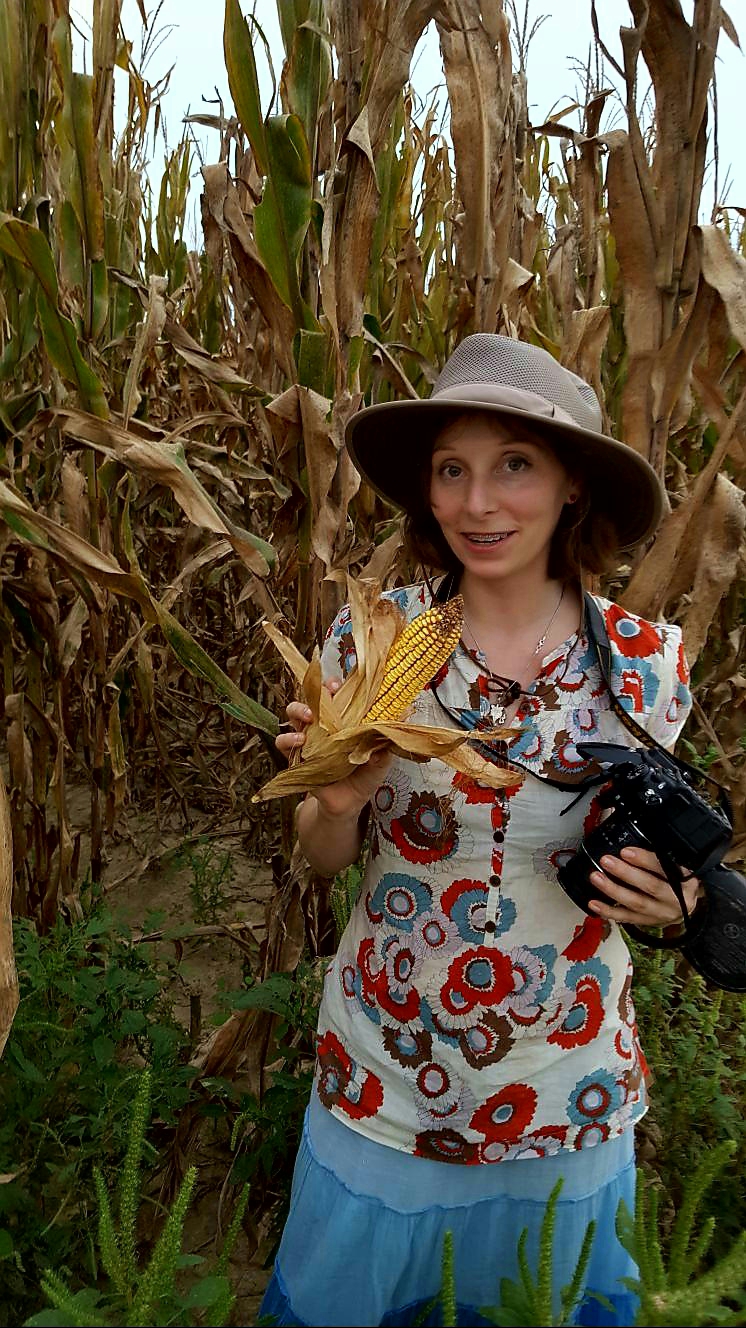

Information about the book mentioned: https://www.theguardian.com/lifeandstyle/2012/feb/01/top-five-regrets-of-the-dying
Information on growing sunflowers: http://www.hgtv.com/outdoors/flowers-and-plants/flowers/growing-sunflowers-when-to-plant-and-how-to-grow-sunflowers
